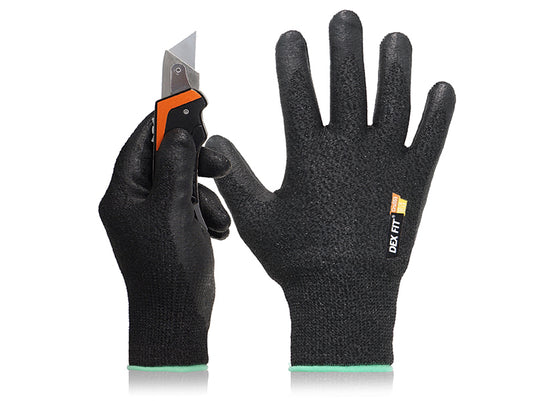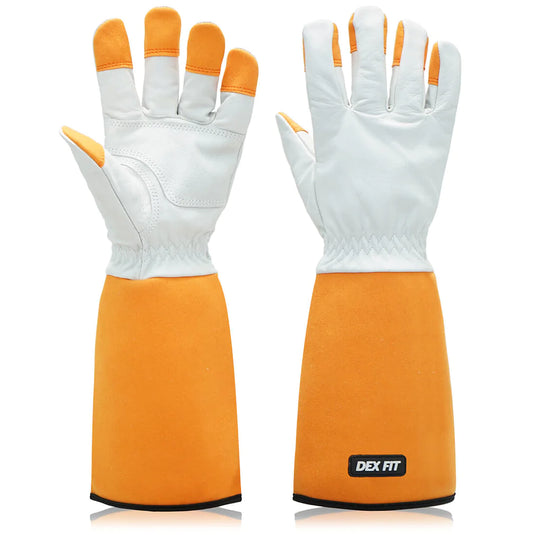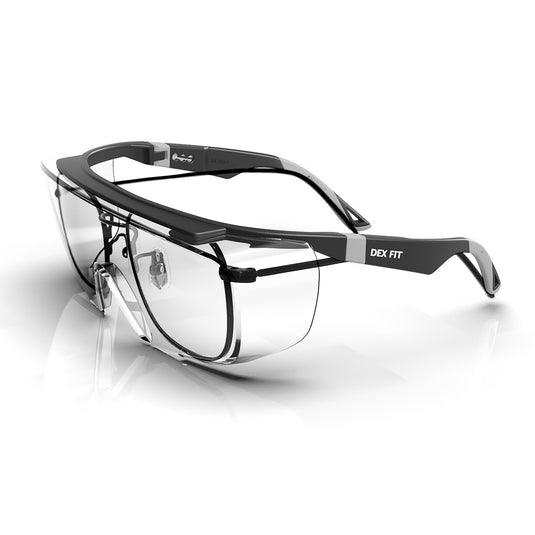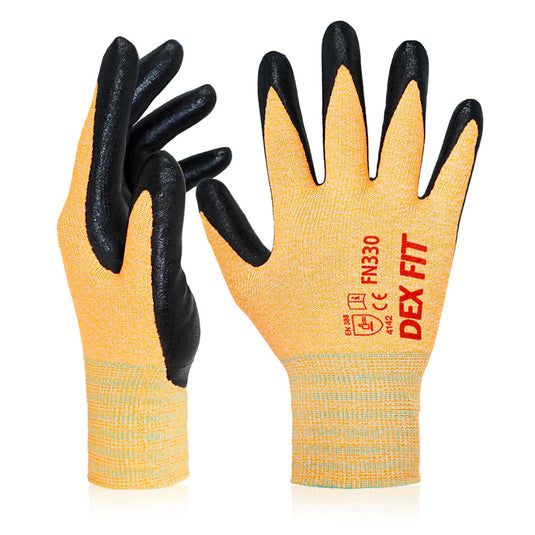Work gloves are an indispensable component of personal protective equipment across various industries, ranging from construction to manufacturing. However, it's important to note that not all work gloves are crafted alike. Familiarizing yourself with the diverse materials and fabrication techniques employed in the production of work gloves can assist you in selecting the ideal pair that aligns with your specific requirements.
Materials
Leather: Leather is a durable and versatile material commonly used in work gloves. It is resistant to punctures, cuts, and abrasions and can provide good grip and dexterity. Leather gloves are often lined with other materials, such as cotton or foam, for added comfort and insulation.
Synthetics: Synthetic materials, such as nylon, polyester, and neoprene, are popular choices for work gloves because they are lightweight, flexible, and resistant to chemicals and abrasions. These gloves can be coated with various materials, such as nitrile, PVC, or latex, for added grip and protection.
Natural fibers: Cotton and wool are common natural fibers used in work gloves. Cotton is breathable and provides good grip, but it is not as durable as other materials. Wool is warm and comfortable but is not typically used for heavy-duty tasks.
Glove fabrication
Cut and sewn: Cut and sewn gloves are made from multiple pieces of material sewn together to create a glove shape. These gloves can provide a good fit and are often used for tasks that require dexterity, such as assembly work.
Knit: Knit gloves are made from a single piece of material that is knitted into a glove shape. They are often made from synthetic materials and can provide good grip and dexterity. Knit gloves are often used for tasks that require precision, such as electronics assembly.
Coated: Coated gloves are made by coating a base material, such as nylon or polyester, with a material such as nitrile, PVC, or latex. These gloves can provide added grip and protection and are often used for tasks that involve handling chemicals or liquids.
Choosing the right work gloves for your needs involves understanding the materials and fabrication techniques employed in their production. It is important to consider the tasks you will be performing, the potential hazards you will encounter, as well as your comfort and dexterity requirements when selecting your gloves. By making the appropriate glove choice, you can effectively safeguard your hands and ensure your safety while on the job.
Discover our expansive collection of gloves tailored to diverse tasks and hazards and find the perfect hand protection solution for your specific needs.





